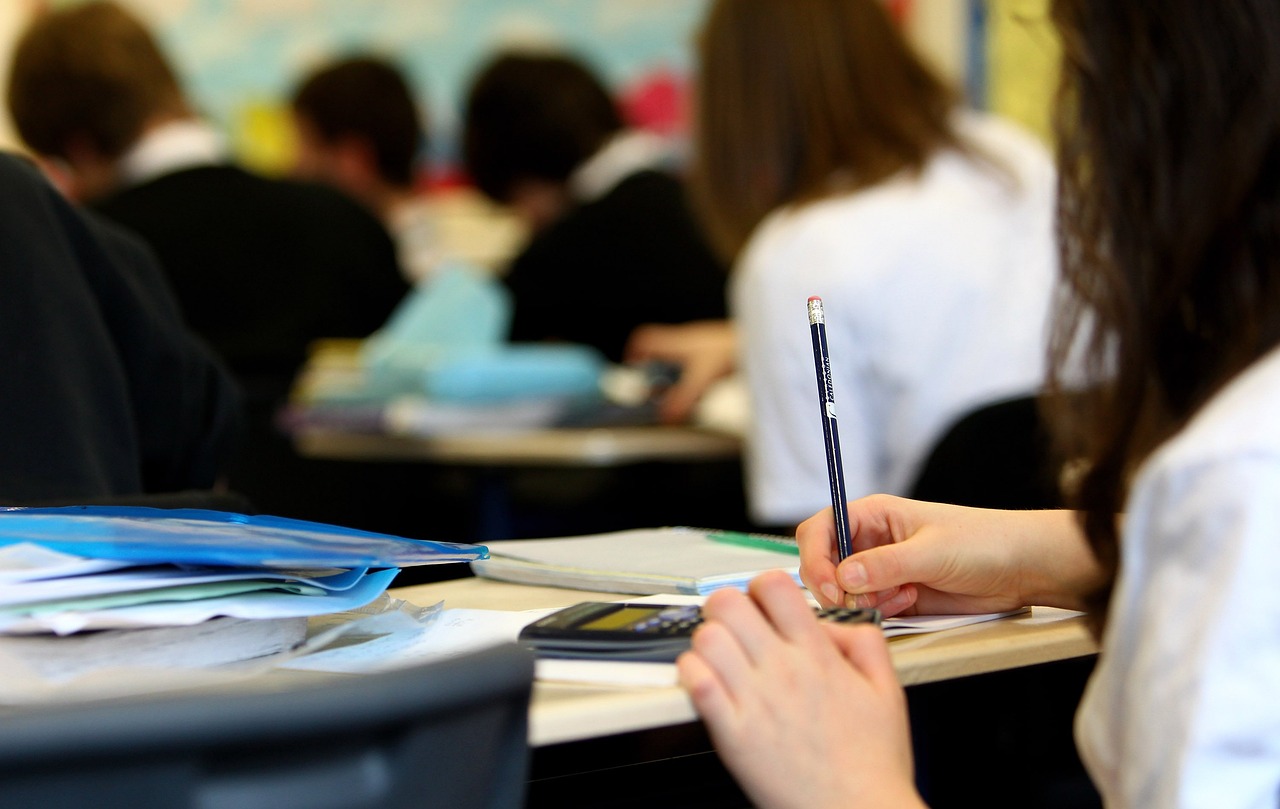Integrating Social Media in Education
Social media has revolutionized the way educators engage with their students both inside and outside the classroom. One of the primary advantages of incorporating social media into education is its ability to foster collaboration and communication among students. Platforms like Twitter, Facebook, and Instagram provide a space for students to interact, share ideas, and collaborate on projects in real-time.
Furthermore, social media allows educators to create a more dynamic and interactive learning environment. By utilizing multimedia elements such as videos, podcasts, and infographics, teachers can cater to different learning styles and enhance the overall learning experience for their students. This not only makes learning more engaging and enjoyable but also helps students retain information better.
Challenges of Implementing Social Media in Education
One of the main hurdles faced when implementing social media in education is the potential for distractions among students. With the vast amount of content available on various platforms, students may find it challenging to stay focused on educational tasks. This can lead to decreased productivity and difficulty in maintaining a structured learning environment.
Another significant challenge is ensuring the privacy and safety of students when using social media in an educational setting. There is a concern about the exposure of sensitive information and the risk of cyberbullying or inappropriate interactions between students. Educators must establish clear guidelines and protocols to protect the well-being of their students while utilizing social media for educational purposes.
Best Practices for Integrating Social Media in the Classroom
Engaging students in social media platforms can enhance their learning experience and promote collaboration. Utilizing online discussion forums allows students to share thoughts, resources, and ideas beyond the confines of the classroom. Encouraging active participation through commenting, liking, and sharing fosters a sense of community among students and strengthens their connection to the course material.
Incorporating multimedia elements such as videos, podcasts, or infographics can cater to different learning styles and make the content more engaging. Visual aids can help clarify complex information and stimulate students’ interest in the subject matter. Integrating these diverse tools into the curriculum not only enriches the learning experience but also prepares students for the digital landscape they will encounter in their future careers.
What are some benefits of using social media in education?
Some benefits of using social media in education include increased student engagement, improved communication between students and teachers, and the opportunity for collaborative learning.
What are some challenges of implementing social media in education?
Some challenges of implementing social media in education include concerns about privacy and security, the need for proper training for teachers, and the potential for distractions in the classroom.
What are some best practices for integrating social media in the classroom?
Some best practices for integrating social media in the classroom include setting clear guidelines for use, incorporating social media into lesson plans, and promoting digital citizenship among students.







